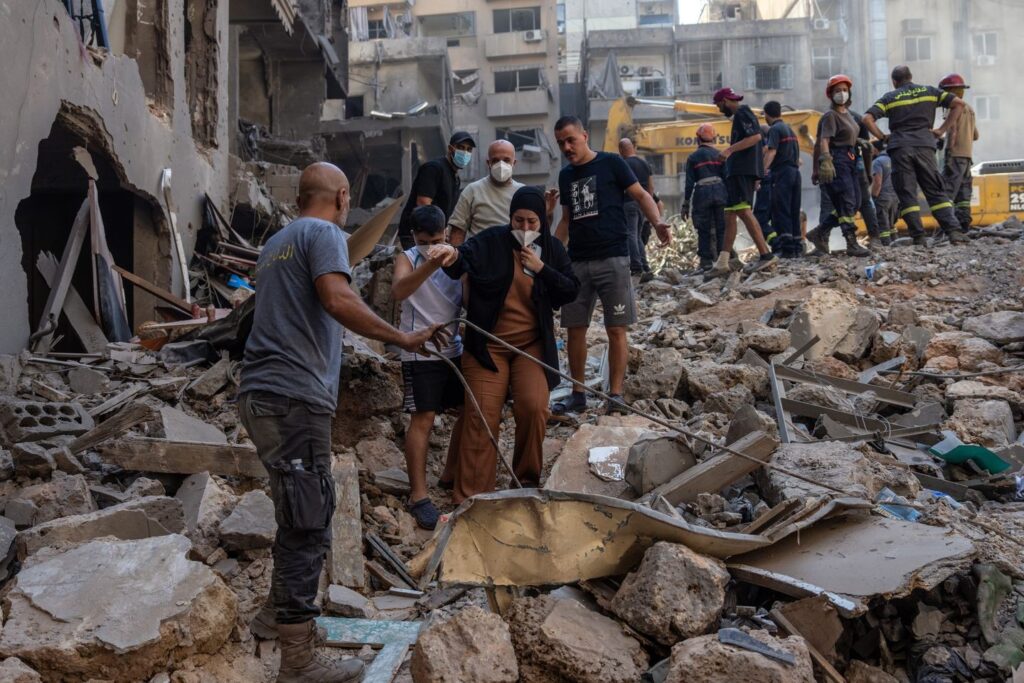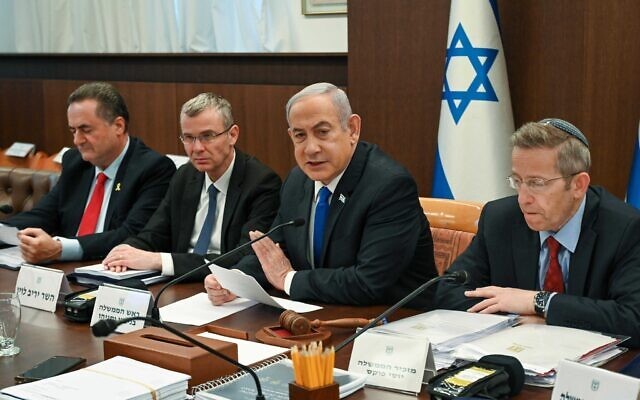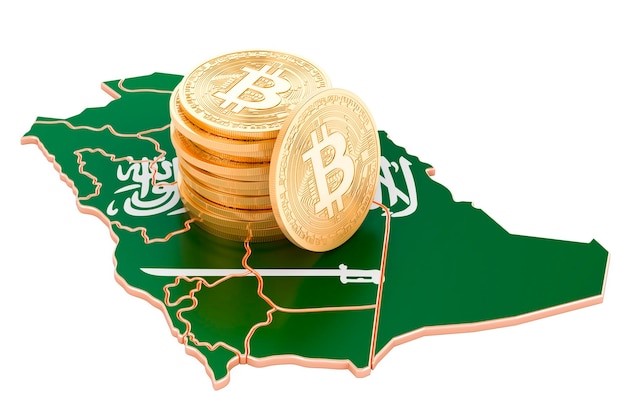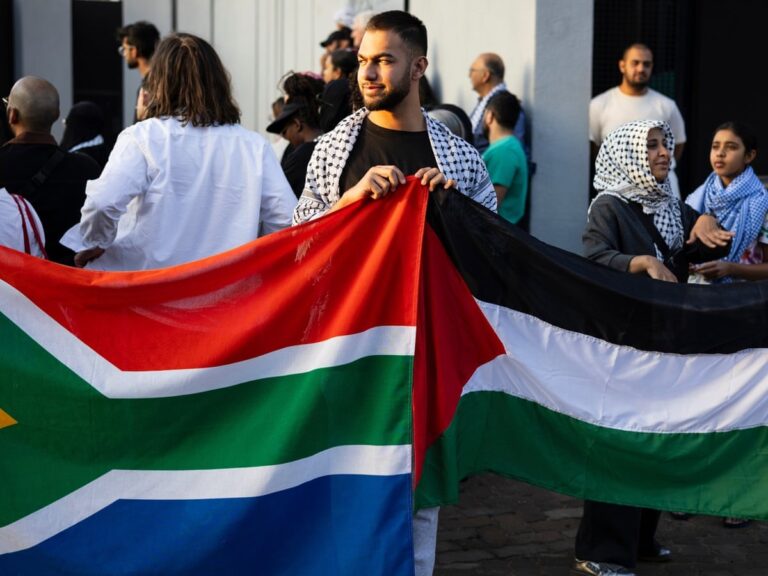For most people in Lebanon, the ceasefire couldn’t come soon enough. At a Middle East conference in Rome, a prominent Lebanese analyst shared her anticipation:
“It felt like Christmas Eve when you’re a child—I just couldn’t wait for it to happen.”
The sense of relief is understandable. As per the Leaders Asia sources, over 3,500 Lebanese civilians have been killed in Israeli strikes, and more than a million people have been displaced. Many packed up before dawn, eager to return to whatever might remain of their homes. Thousands more have been injured, and countless houses reduced to rubble.

In Israel, however, feelings about the ceasefire are mixed. Some believe it ends their chance to weaken Hezbollah further. Prime Minister Benjamin Netanyahu faced heated criticism from leaders in Israel’s northern municipalities, areas left desolate by evacuations. About 60,000 civilians have fled these towns, transforming them into ghostly remnants.
According to the Leaders Asia sources, the mayor of Kiryat Shmona, a border town, publicly doubted the ceasefire’s durability, advocating for a buffer zone in southern Lebanon. Meanwhile, a Channel 12 News poll revealed a near-even split among Israelis—some support the ceasefire, while others fear it doesn’t go far enough.
Diplomats at the UN General Assembly in September believed a deal, mirroring Security Council resolution 1701, was close. That resolution, passed to end the 2006 Lebanon war, called for Hezbollah to withdraw from the border and for Israeli troops to pull back as UN peacekeepers and the Lebanese Armed Forces moved in. But Netanyahu’s fiery UN speech dashed those hopes, as he rejected any pause in Israel’s offensive.
Netanyahu later escalated tensions by authorizing the assassination of Hezbollah leader Hassan Nasrallah and key commanders, actions meant to cripple Hezbollah’s military capabilities. Israel’s military campaign inflicted severe damage on the group, rendering it a diminished threat, though sporadic rocket attacks and resistance persist.
Israel’s objectives in Lebanon are limited: to push Hezbollah back from its northern border and allow displaced civilians to return home. Netanyahu highlighted these goals in his ceasefire announcement, emphasizing the need to “give our forces a breather and replenish stocks.” He also pointed to a growing focus on countering the Iranian threat, given Hezbollah’s ties to Tehran.
Iran, too, welcomed the ceasefire. The conflict has significantly weakened its “axis of resistance,” built to deter both Israeli aggression and potential attacks on Iran itself. However, the ceasefire offers only a brief reprieve for Hezbollah to regroup.
As the Middle East looks ahead, uncertainties loom. President-elect Donald Trump’s approach to the region remains unclear. Some hope he might attempt a diplomatic breakthrough akin to Nixon’s visit to China, while others fear he’ll abandon even the pretense of supporting a two-state solution.
Ultimately, the Lebanese ceasefire is a pause, not a resolution. The region’s deep-rooted conflicts—particularly between Israelis and Palestinians—remain unaddressed. Netanyahu’s belief in achieving peace through military dominance echoes past generations’ failed dreams. Without confronting these political fractures, the Middle East is doomed to endure further cycles of violence and unrest.








